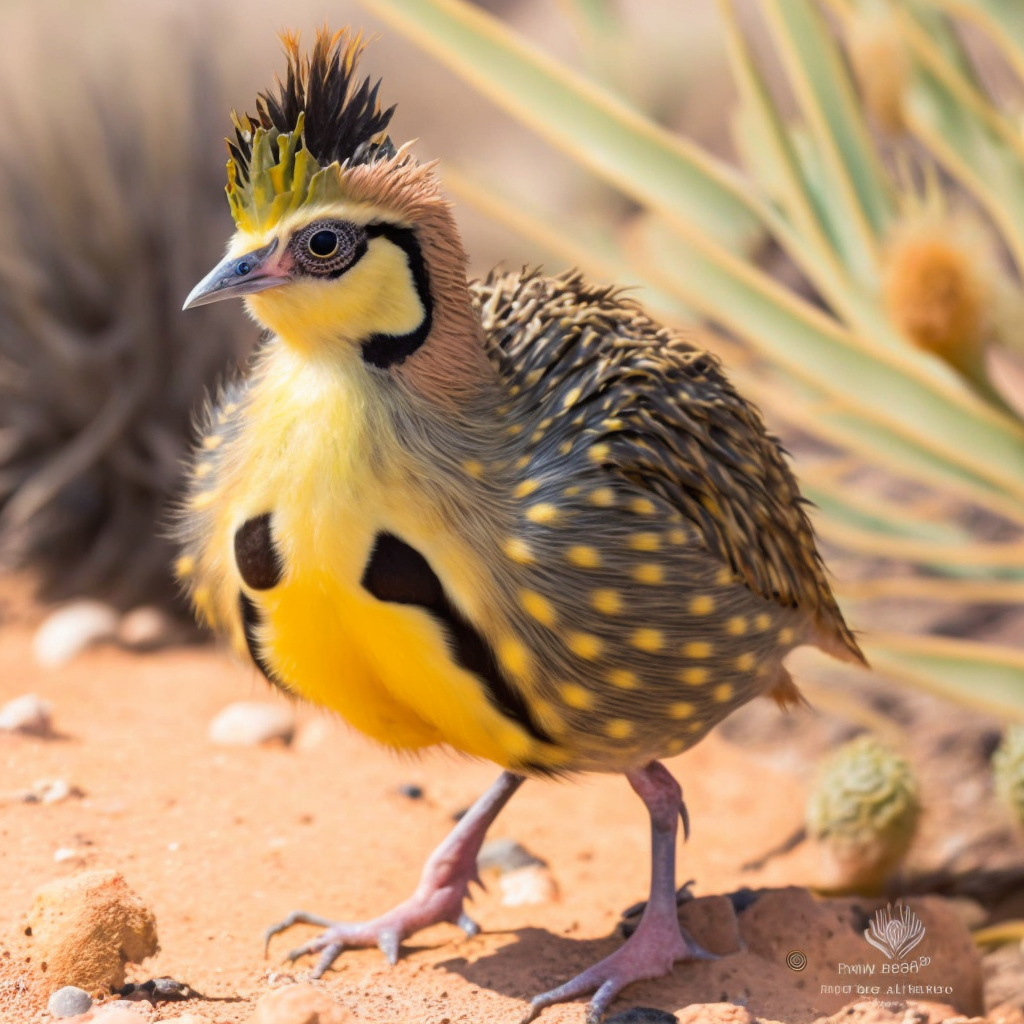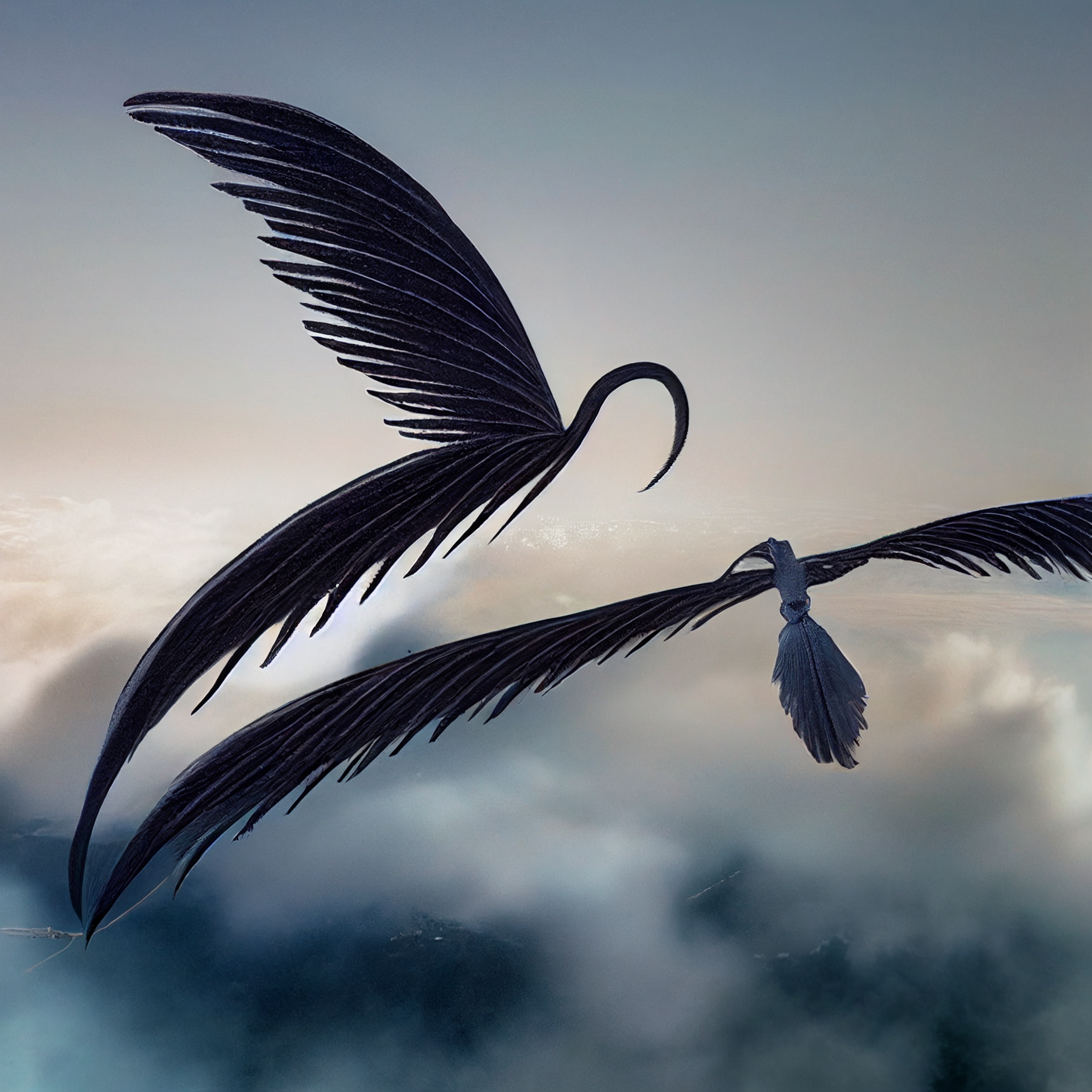

The kingfrugs are large, flightless birds that live in the desert. They are mostly yellow in color with black and white markings on their wings. They have a pair of large eyes, and their beak is very wide and sharp. They have a keen sense of smell, and they can tell when it is about to rain by the change in air pressure. They are usually very quiet, but when it rains, they can be heard squawking loudly from miles away.
Explore an endless universe of ficticious life on NovelGens.





